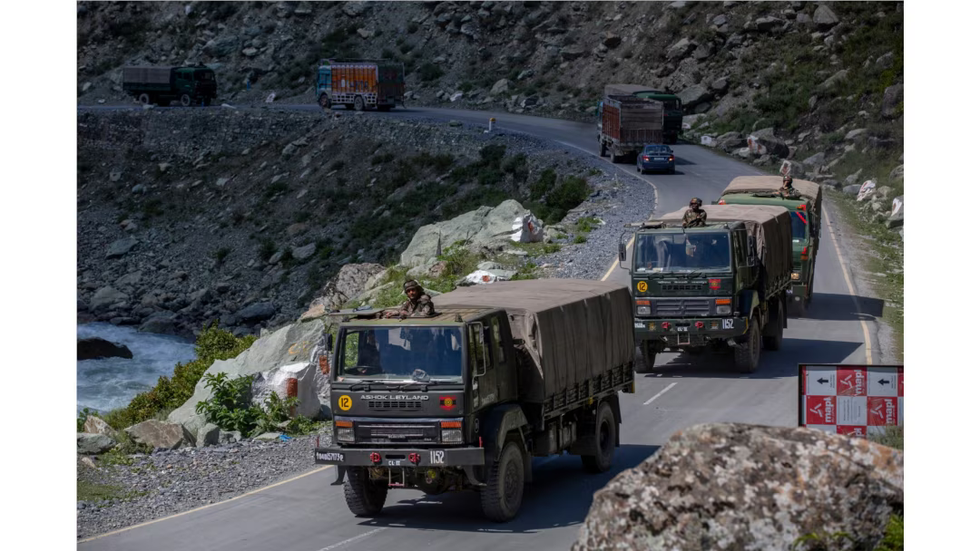
About Line of Actual Control (LAC):
- The LAC is the demarcation that separates Indian-controlled territory from Chinese-controlled territory.
- Although not recognised as an official border, it serves as a de facto border between India and China.
- India considers the LAC to be 3,488 km long, while the Chinese consider it to be only around 2,000 km.
- It is divided into three sectors:
- the eastern sector which spans Arunachal Pradesh and Sikkim
- the middle sector, in Uttarakhand and Himachal Pradesh, and
- the western sector in Ladakh.
- It runs along Tibet and Xinjiang on the Chinese side.
- The LAC has always remained a major cause of tension between India and China. There are areas along the border where India and China have differing perceptions of the LAC.
- Due to both sides undertaking patrolling upto their respective perceptions of the LAC, transgressions do occur.
- India’s claim line is the line seen in the official boundary marked on the maps as released by the Survey of India, including both Aksai Chin and Gilgit-Baltistan. This means LAC is not the claim line for India.
- In China’s case, LAC is the claim line except in the eastern sector, where it claims the entire Arunachal Pradesh as South Tibet.
2. Drugs and Magic Remedies (Objectionable Advertisements) Act, 1954

About Drugs and Magic Remedies (Objectionable Advertisements) Act, 1954:
- It is a legislative framework to control the advertisement of drugs and prohibit claims of magical qualities in remedies.
- It encompasses various forms of advertisements, including written, oral, and visual
- What does the Magic Remedies Act entail?
- Under the Act, the term “drug” refers to medicines intended for human or animal use, substances for diagnosis or treatment of diseases, and articles affecting the body’s functions.
- Other than articles meant for consumption, the definition for “magic remedy” under this Act also extends to talismans, mantras, and charms that allegedly possess miraculous powers for healing or influencing bodily functions.
- Regulations on advertisements:
-
- It imposes strict regulations on the publication of advertisements related to drugs.
- It prohibits advertisements that give false impressions, make false claims, or are otherwise misleading.
- Violations of these provisions can result in penalties, including imprisonment or fines, upon conviction.
- The term “advertisement,” under the Act, extends to all notices, labels, wrappers, and oral announcements.
- Who comes under the Magic Remedies Act?
- The Act applies to all individuals and entities involved in the publication of advertisements, including manufacturers, distributors, and advertisers.
- The Act can hold both individuals and companies accountable for contraventions.
- If a company violates the act, individuals in charge of its business operations may also be deemed guilty unless they can prove lack of knowledge or demonstrate due diligence in preventing the offense.
- Directors, managers, or officers of the company may also be held liable if they consented to or neglected the offense.
- Punishment:
- Violating the Act can result in imprisonment, fines, or both.
- If this is the first conviction for the violator, they may face up to six months in prison, fines, or both.
- For subsequent conviction, imprisonment may extend to one year, fine, or both.
- The Act does not include any limits for the fines that may be imposed on individuals or organisations.
3. Cellulitis Disease

About Cellulitis Disease:
- It is a serious deep infection of the skin caused by bacteria.
- It most commonly affects the lower part of your body, including your legs, feet, and toes.
- However, it can occur in any part of your body. It also commonly appears on your face, arms, hands, and fingers.
- Normal skin can be affected by cellulitis, but it usually happens after some type of injury causes a skin break, including trauma or surgery.
- The infection happens when bacteria, most commonly streptococcus and staphylococcus, enter through a crack or break in the skin.
- Symptoms:
- The affected skin is swollen and inflamed and is typically painful and warm to the touch.
- Some people develop blisters, skin dimpling, or spots. A person may also experience other symptoms of an infection, such as fatigue, chills, cold sweats, shivering, fever, and nausea.
- Left untreated, the infection can spread to the lymph nodes and bloodstream and rapidly become life-threatening.
- Cellulitis isn’t usually contagious. Though rare, people contract cellulitis if they have an open wound and have skin-to-skin contact with an infected person’s open wound.
- Treatment includes antibiotics.
4. Syntretus perlmani
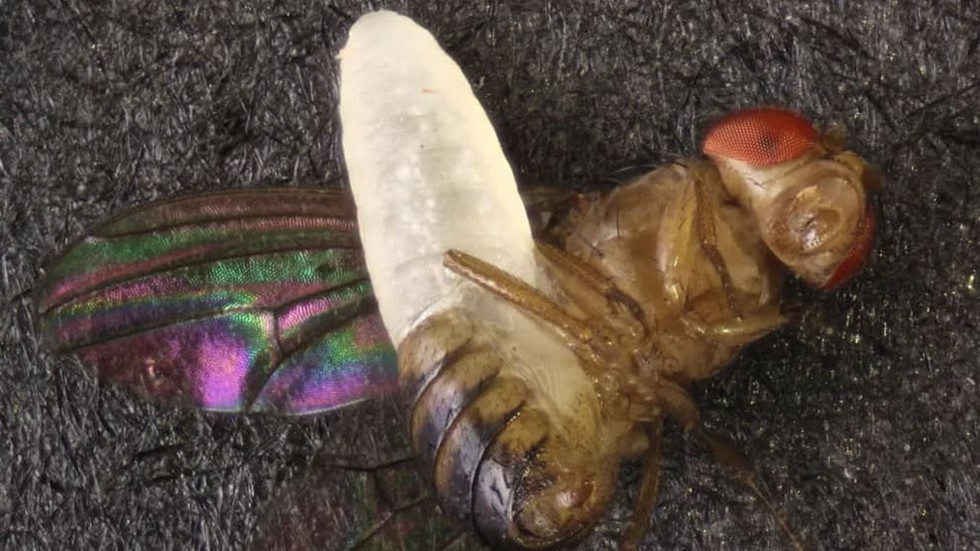
About Syntretus perlmani:
- It is a new species of parasitoid wasp.
- It is the first wasp found to infect adult fruit flies, a stark contrast to related wasp species that usually target the larvae and pupae stages of flies.
- These fruit fly invaders are considered parasitoids rather than parasites because they always kill their hosts unlike the latter, which generally leave them alive.
- Female S. perlmani wasps use a specialised organ called an ovipositor to inject eggs directly into the abdomen of adult fruit flies.
- Over the next 18 days, the eggs develop into wasp larvae, slowly growing inside the host until they eventually kill the fly by emerging out of its body.
- The research team found evidence of S. perlmani across the eastern United States, including Mississippi, Alabama, and North Carolina.
5. Invest India

About Invest India:
- It is the National Investment Promotion and Facilitation Agency of India and acts as the first point of reference for investors in India.
- It was set up as a non-profit venture under the aegis of the Department for Promotion of Industry and Internal Trade (DPIIT), Ministry of Commerce and Industry, Government of India.
- It facilitates and empowers all investors under the ‘Make in India’ initiative to establish, operate, and expand their businesses in India.
- The agency aims at sector-specific investor targeting and development of partnerships, thereby channelising sustainable investments in the country.
- It is also engaged in developing partnerships with investment promotion agencies and multilateral organisations.
- Its domain and functional experts provide sector- and state-specific inputs and hand-holding support to investors through the entire investment cycle, from pre-investment and decision-making to after-care.
- It provides multiple forms of support, such as market entry strategies, deep dive industry analysis, partner search and location assessment, and policy advocacy with decision makers.
- Headquarters: New Delhi
Key Facts about National Start-up Advisory Council:
- It was constituted by the DPIIT under the Union Ministry of Commerce and Industry.
- Objective: To advise the Government on measures needed to build a strong ecosystem for nurturing innovation and startups in the country to drive sustainable economic growth and generate large-scale employment opportunities.
- Composition:
- Chairman: Minister for Commerce & Industry.
- Ex-officio Members:Nominees of the concerned Ministries/Departments/Organisations not below the rank of Joint Secretary.
- Besides the ex-officio members, the council has non-official members, representing various stakeholders such as founders of successful startups and veterans who have grown and scaled companies in India.
- It is a one of its kind congregation wherein the policy making process is driven as part of collaboration between all the key stakeholders of the startup ecosystem.
- NSAC is playing an important role in identifying areas of intervention for the expansion of the startup ecosystem and ideating and nurturing national programs under the Startup India initiative.
6. Battle of Saragarhi
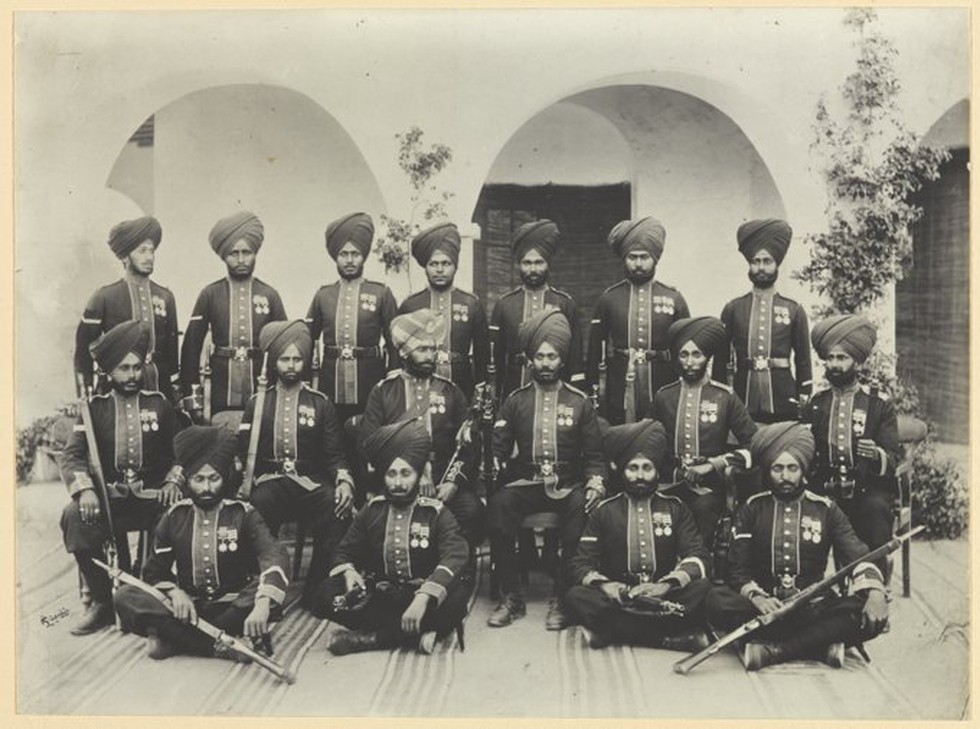
About Battle of Saragarhi:
- It was fought on 12 September 1897, in the then North-West Frontier Province of British India, which was concentrated on Saragarhi post.
- On this day only 21 soldiers from the 36th Sikh (now 4 Sikh) led by Havildar Ishar Singh and a non-combatant called Daad fought against over 8,000 Afridi and Orakzai tribal militants.
- It is considered one of the finest last stands in the military history of the world.
How are the slain soldiers remembered?
- In 2017, the Punjab government decided to observe Saragarhi Day on September 12 as a holiday.
- Even today the Khyber Scouts regiment of the Pakistani army mounts a guard and salutes the Saragarhi memorial close to Fort Lockhart.
- The British, who regained control over the fort after a few days, used burnt bricks of Saragarhi to build an obelisk for the martyrs.
Importance of Saragarhi Post for Britishers
- Saragarhi was a post, a key landmark between the two forts, Lockhart and Gulistan, which were originally built by Ranjit Singh of Punjab during his western expedition.
- It was a critical post for the British, helping to monitor any aggressive moves by the Afghans.
- Saragarhi helped to link up the two important forts which housed a large number of British troops in the rugged terrain of NWFP.
7. Smart Precision Horticulture Programme
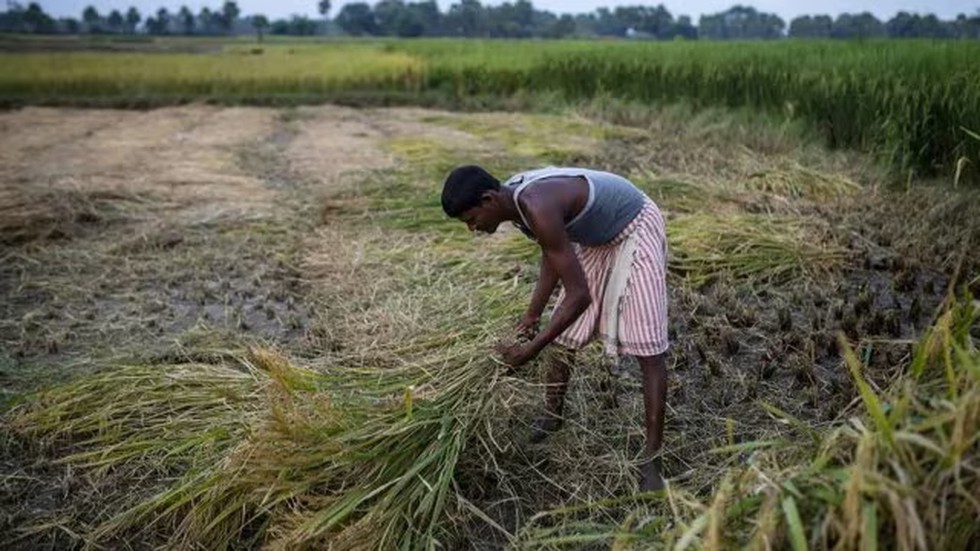
About Smart Precision Horticulture Programme:
- It uses smart technology such as Internet of Things, Artificial Intelligence, drones and data analytics to boost production through maximal use of resources while minimising environmental impact.
- It will cover 15,000 acres of land in five years from 2024-25 to 2028-29 and is expected to benefit about 60,000 farmers.
- At present, the Agriculture Infrastructure Fund (AIF), launched during Covid-19, has provisions for financing infrastructure projects for smart and precision agriculture.
- Apart from offering financial support, the Centre is also considering collaborating with the Netherlands and Israel, where tech-based modern farming solutions are being used, through Centres of Excellences (CoEs).
- The Centre has also set up 22 Precision Farming Development Centres (PFDCs) across the country to test new technologies and modify them according to local needs.
Impacts of Smart and precision farming
- It maximises use of resources like water, fertilisers and pesticides to increase production quality and quantity.
- It also insulates farmers from vagaries of climate change and other uncertainties, besides ensuring sustainable farming.
8. Centre for Rural Enterprise Acceleration through Technology (CREATE)
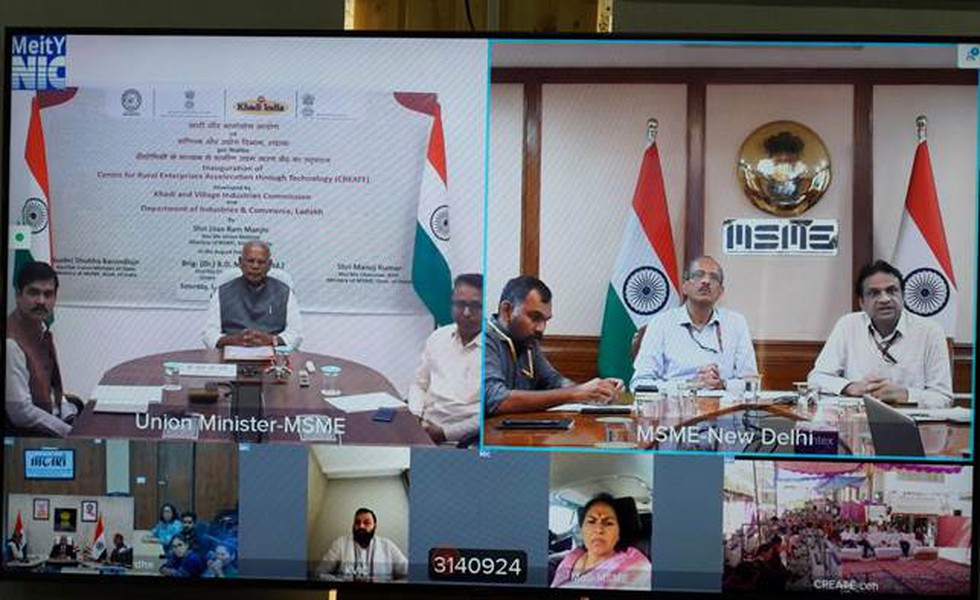
About Centre for Rural Enterprise Acceleration through Technology:
- It will enhance local productivity, product quality, and economic potential and improve livelihoods for the local communities.
- It will help advance rural industrialization and foster enterprise creation, to retain the traditional artisans particularly in regions like Ladakh.
- CREATE will provide
- A Pashmina Wool Roving Facility.
- Training for development of production facility for Essential Oil Extraction from Roses and Other Flowers and Training for development of production facility for Bio-processing of available fruits and other raw materials.
- The machinery required for Pashmina wool roving has been installed, commissioned and is ready for operation.
What is Pashmina Wool?
- Pashmina refers to a fine variant of spun cashmere (the animal-hair fibre), that is derived from the downy undercoat of the Changthangi.
- Pashmina is obtained from a breed of mountain goats (Capra hircus) found on the Changthang Plateau in Tibet and parts of Ladakh.
9. Anamalai Tiger Reserve
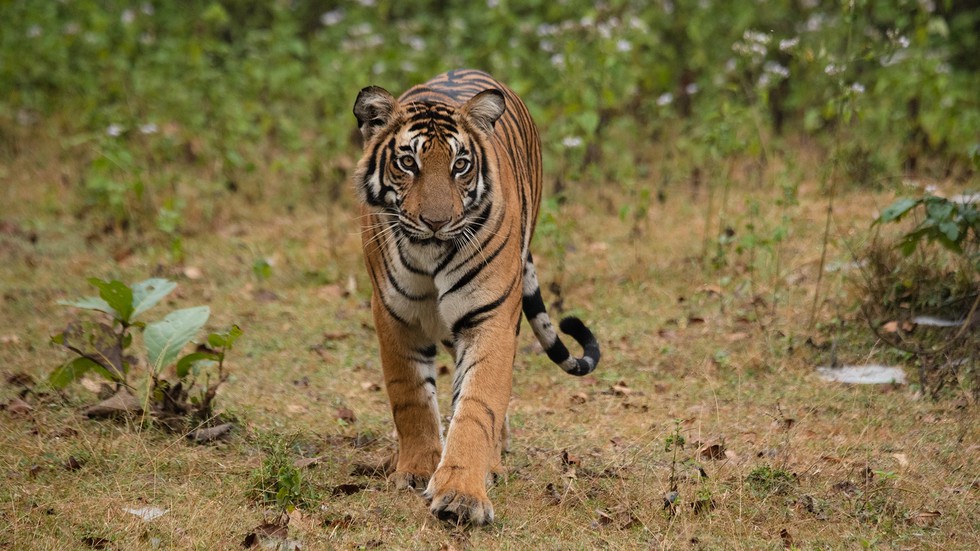
About Anamalai Tiger Reserve:
- Location: It is a protected area located in the Anamalai Hillsof Pollachi and Coimbatore District of Tamil Nadu.
- It lies South of the Palakkad gapin the Southern Western Ghats.
- It is surrounded by Parambikulum Tiger Reserve on the East, Chinnar Wildlife Sanctuary and Eravikulum National Park on the South Western side.
- Vegetation:
- It supports diverse habitat types, Wet evergreen forests, semi-evergreen forests, moist deciduous, dry deciduous, dry thorn and shola forests.
- It also supports unique habitats like montane grasslands, savannah and marshy grasslands are also present.
- Flora:
- Around 2500 species of angiosperms are found in the Anamalai Tiger Reserve, with several species of Balsam, Crotalaria, Orchids and Kurinchi. The reserve is rich in wild relatives of cultivated species like mango, jackfruit, wild plantain, ginger (Zingiber officinale), turmeric, pepper (Piper longum), cardamom etc.
- Fauna: The important wild animals of the reserve include: Tiger, Asiatic elephant, Sambar, Spotted deer, Barking deer, Jackal, Leopard, Jungle cat etc.
10. Integrated Ocean Energy Atlas

About Integrated Ocean Energy Atlas:
- It showcases the vast potential of ocean energy resources encompassing marine meteorological (solar and wind) and hydrological (wave, tide, currents, ocean thermal, and salinity gradients) energy forms.
- It identifies areas with high potential for energy generation and will serve as a reference for policymakers, industry and researchers for harnessing the rich energy resources available in the Indian EEZ.
- INCOIS prepared the annual, monthly, and daily energy estimates of ocean energy components following standard methods that can be visualised through a WebGIS interface at 5 km grid resolution.
Key facts about the INCOIS
- It was established as an autonomous body in 1999 under the Ministry of Earth Sciences(MoES) and is a unit of the Earth System Science Organization (ESSO).
- Mandate: To provide the best possible ocean information and advisory servicesto society, industry, government agencies, and the scientific community through sustained ocean observations and constant improvements through systematic and focussed research.
- Activities:
- It provides round-the-clock monitoring and warning services for the coastal population on tsunamis, storm surges, high waves, etc. through the in-house Indian Tsunami Early Warning Centre (ITEWC).
- It provides daily advisories to fisher folk to help them easily locate areas of abundant fish in the ocean.
- Short-term (3-7 days) Ocean State Forecasts(waves, currents, sea surface temperature, etc.) are issued daily to fisher folk, the shipping industry, the oil and natural gas industry, the Navy, the Coast Guard, etc.


























































































































































.png)
.png)
.png)
.png)
.png)


.png)
.png)
.png)





.png)
.png)






.png)
.png)
.png)
.png)
.png)
.png)
.png)
.png)
.png)

.png)







.png)
.png)


.png)
.png)
.png)


.png)

.png)
.png)





.jpg)

.png)
.png)


.png)

.png)
.png)
.png)

.jpg)

.jpg)


.png)

.png)
.png)
.png)
.png)
.png)
.png)
.png)
.png)
.png)
.png)




.png)

.png)





.png)
.png)
.png)
.png)
.png)
.png)
.png)
.png)
.png)
.png)
.jpg)
.jpg)

.png)
.png)
.png)
.png)
.png)
.png)
.png)
.png)
.png)
.png)
.png)
.png)
.png)
.png)
.png)
.png)
.png)
.png)
.png)
.png)
.png)
.png)



.png)
.png)

.jpg)
.jpg)


.jpg)
.jpg)
.jpg)
.jpg)
.jpg)

.jpg)








.jpg)
.jpg)
.jpg)
.jpg)
.jpg)

















.jpg)
.jpg)







.jpg)


















.jpg)
.jpg)






























































































.jpg)
.jpg)


























.jpg)

.jpg)










.jpg)








.jpg)




.jpg)










.jpg)


















.jpg)












































.jpg)














.jpg)
.jpg)
.jpg)





.jpg)

.jpg)
.jpg)





































































.jpg)


































.jpg)
.jpg)
















































.jpg)












.jpg)


.jpg)




.jpg)
.jpg)
.jpg)

.jpg)
.jpg)
.jpg)
.jpg)

.jpg)
.jpg)
.jpg)

.jpg)
.jpg)
.jpg)
.jpg)
.jpg)
.jpg)
.jpg)
.jpg)

.jpg)


.jpg)
.jpg)
.jpg)
.jpg)
.jpg)
.jpg)
.jpg)
.jpg)
.jpg)
.jpg)











.jpg)
.jpg)





.jpg)
.jpg)
.jpg)
























.jpg)
























.jpg)









.jpg)
.jpg)







.jpg)
.jpg)









































.jpg)
.jpg)
.jpg)
.jpg)
.jpg)

.jpg)
.jpg)
.jpg)
.jpg)
.jpg)


.jpg)
.jpg)
.jpg)
.jpg)
.jpg)

.jpg)
.jpg)
.jpg)
.jpg)
.jpg)
.jpg)
.jpg)
.jpg)
.jpg)
.jpg)
.png)

.png)
.png)

.png)
.png)
.png)
.png)


.jpg)
.jpg)

.jpg)
.jpg)
.jpg)

.png)
.png)
.png)
.png)
.png)
.png)
.png)

.png)
.png)
.png)
.png)
.png)
.png)
.png)
.png)
.png)
.png)





































































-min.png)



.png)




.png)








































